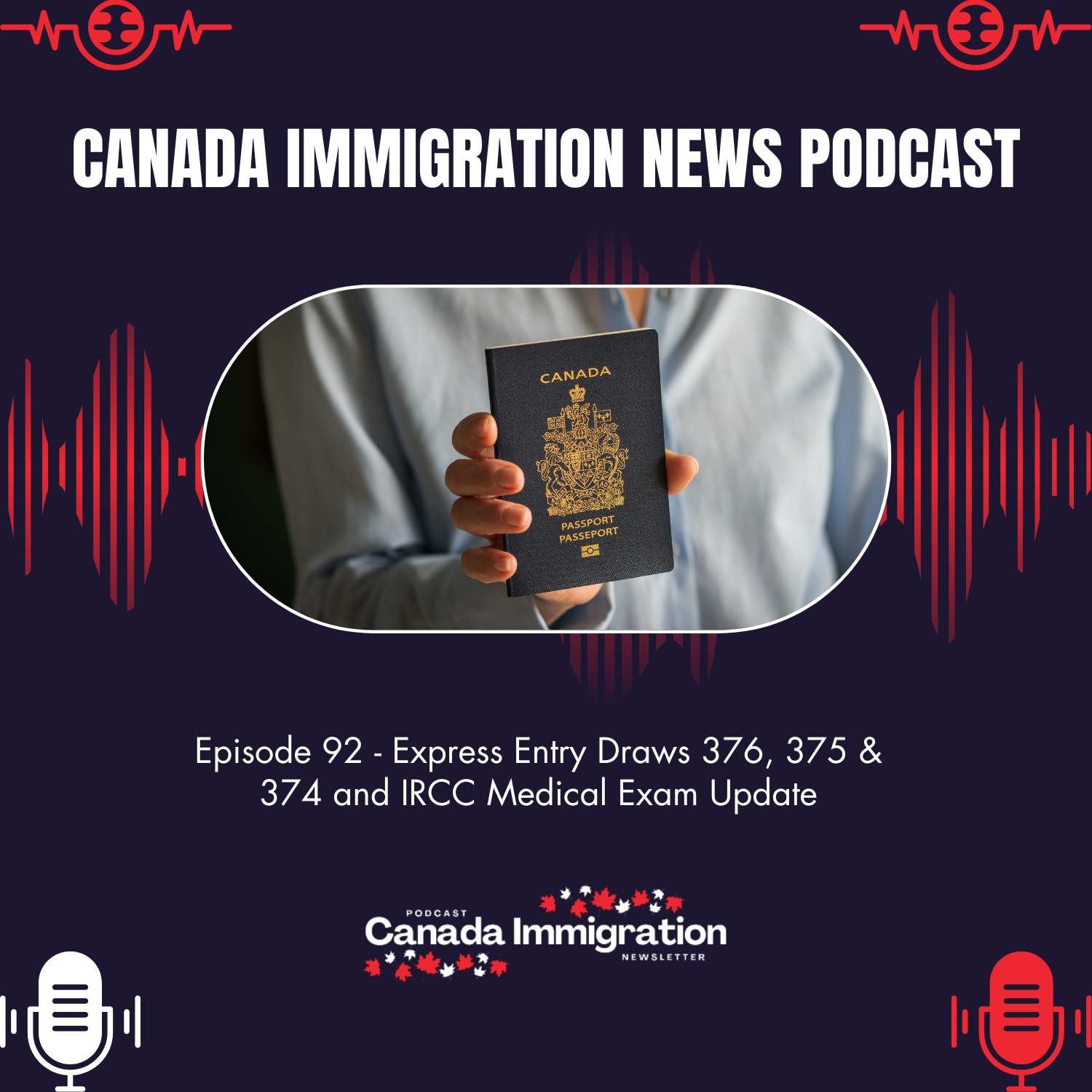Immigration Announcement
Canada’s Temporary Residents Shaping Pathways to Permanent Residency

Canada is home to over 2.36 million temporary residents, including students, workers, and those who hold both types of permits. While new rules aim to balance immigration with housing and infrastructure needs, the bigger story is how Canada is turning these short-term stays into long-term opportunities. In the first half of 2025 alone, more than 100,000 temporary residents became permanent residents. This reflects the country’s vision of building a stronger economy through people who are already studying, working, and contributing to local communities. It’s another reason why Canadian immigration continues to stand out globally.
The Numbers Behind Temporary Residents
As of June 30, 2025, Canada’s temporary resident population looked like this:
| Category | Number of People | Details |
| Study permit holders | 546,562 | Students enrolled in Canadian colleges and universities |
| Work permit holders | 1,504,573 | Temporary foreign workers across various sectors |
| Both study & work permits | 312,010 | Individuals combining education with employment |
This makes up more than 2.36 million people, many of whom are on the path toward becoming permanent residents.
Why Canada is Adjusting Temporary Numbers
Canada’s 2025-2027 Immigration Levels Plan includes efforts to reduce the inflow of new temporary residents. The reason is practical: housing demand, rising costs, and pressures on public services.
Recent measures include:
- Capping international students with a 10% reduction in 2025.
- Raising financial requirements for study permit applicants.
- Updating the Temporary Foreign Worker Program with caps on low-wage hires.
- Reforming the Post-Graduation Work Permit Program (PGWP) to better match labor market needs.
- Limiting work permits for spouses of students and foreign workers.
Although arrivals are trending down, it will take time for the full effects to show because applications submitted under older rules are still being processed.
A Shift Toward Long-Term Integration
What makes this period unique is the transition from temporary to permanent residency. Between January and June 2025:
- Over 100,000 temporary residents became permanent residents.
- This group accounted for about half of all new permanent residents in that period.
- Most transitions happened through economic programs like Express Entry and the Provincial Nominee Program.
Why This Works
- Many temporary residents already have a Canadian education.
- They gain Canadian work experience, often in high-demand sectors.
- Strong English or French skills make their integration smoother.
This means they’re not just arriving, they’re already established, connected, and ready to contribute long-term.
A Positive Direction for Canadian Immigration
While reducing new arrivals may seem restrictive, the bigger picture shows balance. Canada is prioritizing sustainability without losing sight of growth. By helping more temporary residents transition to permanent residency, the country ensures:
- Skilled workers fill gaps in healthcare, technology, and trades.
- Students become part of the workforce they trained for.
- Families build futures with stability and security.
This balanced strategy strengthens both the economy and communities across the country, proving why Canadian immigration continues to attract people worldwide. With 2.36 million temporary residents in Canada and a growing number moving into permanent pathways, the country is reshaping its immigration system to match real needs. By focusing on sustainability while supporting long-term settlement, Canada creates opportunities that benefit both newcomers and the nation as a whole. For those dreaming of a future here, the path may start as temporary, but it often leads to a permanent place in Canada’s story.























